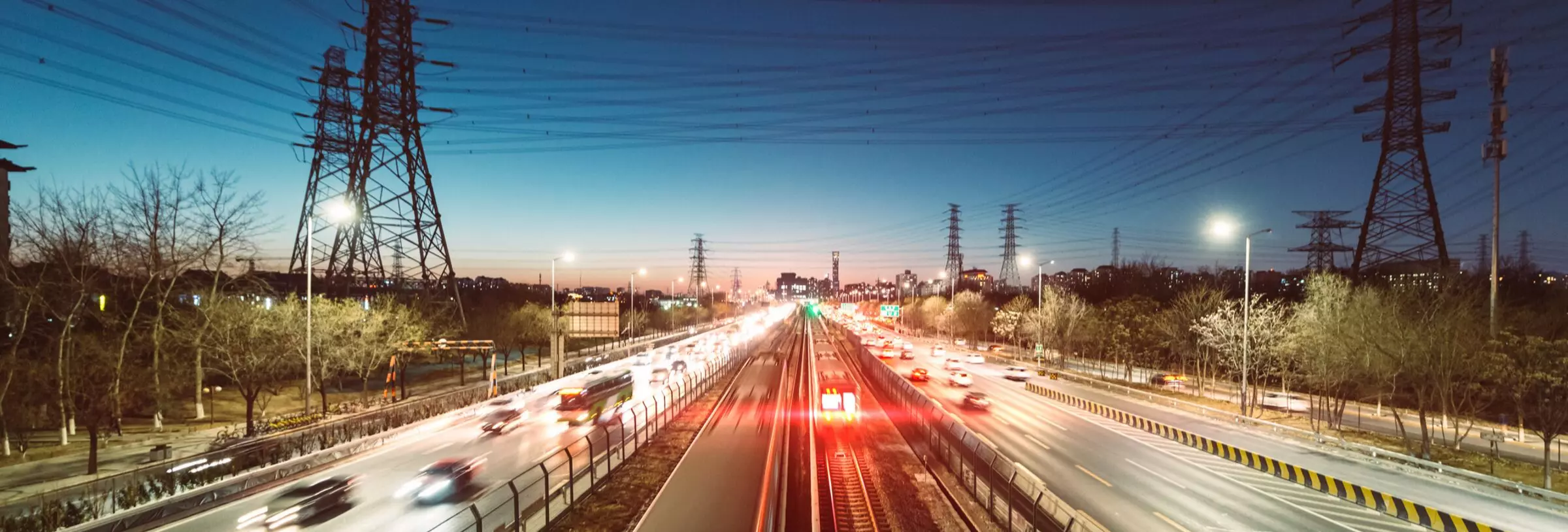
When public projects are being constructed, surrounding property owners typically experience construction impacts, such as noise, dust, fumes, vibration and road detours. Typically, absent a physical taking of property, those construction impacts are not compensable under an inverse condemnation claim unless the property owner experiences a direct, substantial, and peculiar impact. While this has generally been the law in California for quite some time, a recent published California Court of Appeal decision, Today’s IV, Inc. v. Los Angeles County Metropolitan Transportation Authority, No. B306197 (2022 Cal.App. LEXIS 840), highlights the uphill battle a property owner faces just to survive the pleading stage of alleging an inverse condemnation cause of action.
Background
Los Angeles County Metropolitan Transportation Authority (Metro) was constructing the Regional Connector Transit Project, an underground subway, which would directly link the tracks of three Metro rail lines. A portion of the project runs along and under Flower Street, including between 4th and 5th Streets. The Westin Bonaventure Hotel and Suites (Bonaventure) is located between Flower and Figueroa Streets and is bounded on the north and south by 4th Street and 5th Street. The Bonaventure’s only access to its parking garage and loading dock are via Flower Street. Further, the Bonaventure’s primary guest/invitee drop-off and pick-up point is located on Flower Street as well. Neighboring properties are primarily office buildings.
Most of the project was to be constructed via an underground tunnel boring machine, which is far less disruptive to surface traffic and adjacent land uses than the alternative method – cut and cover. However, the portion of the project along Flower Street was to be constructed via cut and cover because (1) the soil was unsuitable and unstable, with a high subsidence risk, (2) the shallowness of the tunnel at that point, and (3) the presence of hundreds of underground tiebacks along the tunnel route.
The property owner and the Bonaventure claimed to suffer impacts from the construction. The property owner brought an inverse condemnation claim against Metro because it believed that there was unnecessary and substantial damage that directly and specially affected the hotel, and that the damage was far disproportionate to and excessive when compared to the harm suffered by any other property in the area.
Trial Court
Focusing only on the inverse condemnation claims, the property owner argued the claims were based on (1) the use of a cut-and-cover construction method, instead of a tunnel boring machine, (2) construction work during nights and weekends (which was particularly harmful to the hotel), (3) violation of certain noise limits, and (4) interference with access to the hotel. Metro filed a demurrer and argued the property owner failed to state facts sufficient to constitute a cause of action for inverse condemnation. The trial court found no liability for inverse condemnation and sustained the demurrer.
Court of Appeal
The Court of Appeal affirmed the demurrer and the finding of no liability for inverse condemnation. The inverse condemnation cause of action failed because the construction did not significantly impair access and did not cause excessive noise and dust. In order for there to be a claim for inverse condemnation in this situation, the property owner would have had to show that the property suffered from an intangible intrusion burdening the property in a way that is direct, substantial, and peculiar to the property itself. In the present case, the property owner argued that the impairment of access and excessive noise and dust constituted these types of intrusions. The court determined that the inconvenience to hotel guests due to construction detours and work was not enough to be a compensable deprivation of access; such work was reasonable and temporary, and the property owner did not plead sufficient facts (length of time, frequently of detours, difficulty, etc.) to survive a demurrer. As for noise and dust, the property owner did not sufficiently plead that the intrusion suffered by the hotel was unique, special, or peculiar in comparison with other property owners in the area. Further, the fact that the property owner operated a hotel in an area primarily occupied with office buildings does not mean that the hotel suffered peculiar intrusions that other neighboring properties did not. As a result, the demurrer was sustained.
Conclusion
In order for a claim of inverse condemnation to survive a demurrer, a plaintiff must sufficiently plead allegations that demonstrate the property suffered a “taking or damaging.” Where the claim is based on an intangible intrusion, the damage suffered must be unique, special, or peculiar. This case highlights that simply operating a different use on the property with particular sensitivity to construction (e.g., hotel use versus office use) is not, in and of itself, sufficient to demonstrate a unique or peculiar substantial impact.
- Associate
Jillian focuses her practice on eminent domain and inverse condemnation, real property litigation and land use. She represents public agencies in large-scale infrastructure projects, including road, railway, light rail, bus ...
Eminent Domain Report is a one-stop resource for everything new and noteworthy in eminent domain. We cover all aspects of eminent domain, including condemnation, inverse condemnation and regulatory takings. We also keep track of current cases, project announcements, budget issues, legislative reform efforts and report on all major eminent domain conferences and seminars in the United States.
Stay Connected
 RSS Feed
RSS Feed
Categories
- Administration
- Appraisal
- Arizona
- California
- CLIMATE CHANGE
- CONGRESS
- Construction
- Court Decisions
- Energy & Utilities
- Environmental Law
- EPA
- Events
- FAQs
- Goodwill
- GOVERNMENT ADMINISTRATION
- Inverse Condemnation & Regulatory Takings
- Land Use Planning
- Lawsuit
- New Legislation
- Possession
- Projects
- Public Agency Law
- Public Policy
- Publications
- Real Estate and Property Rights
- Redevelopment
- Regulatory Reform and Proposed Rules
- Right to Take
- Right-of-Way
- Seminars
- Speaking Engagements and Presentations
- Texas
- trial
- Valuation
- Videos
- Water
- Wildfire Management

